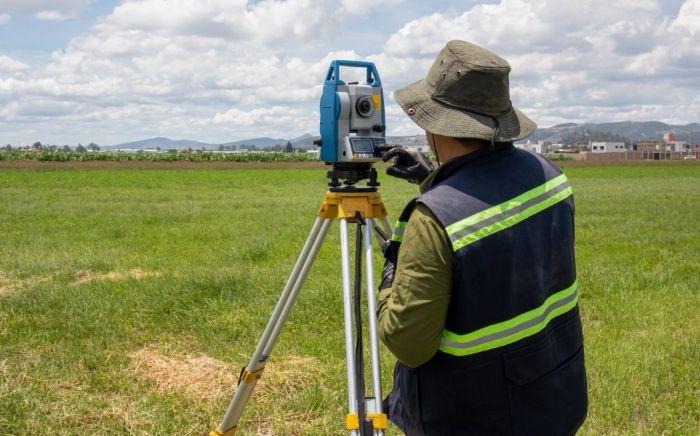
Electronic distance measurement (EDM) - history and modern surveying
History of electronic distance measurement
In surveying distance measurements were always a challenge for surveyors specially when long distances were to be measured with high accuracy. In 1950 scientist tried to calculate the distance by using light beam to travel over unknown distance with measured time.
Ordinary lights travels at a velocity of 186,000 miles per second, therefore the time taken will be very small to cover a short distance . This idea was soon dropped but the scientists succeeded in finding a low velocity light beam in form of Infra Red Rays generated by solid state Gallium Arsenide Diode (GAD). This was put into laboratory experimentation in 1960 and finally instrument called Electronic Distance Measurement came into existence. Initially the instruments were very expensive but as the demand increased the price was within the reach of most professionals.
Revolution in surveying due to EDM
Modern EDM equipment contains hard-wired algorithms for reducing the slope distance to its horizontal and vertical equivalent. For most engineering surveys, Total stations combined with electronic data loggers are now virtually standard equipment on site. Basic theodolites can be transformed into total stations by add-on, top-mounted EDM modules. The development of EDM has produced fundamental changes in surveying procedures e.g.
Traversing on a grandiose scale, with much greater control of swing errors, is now a standard procedure.
The inclusion of many more measured distances into triangulation, rendering classical triangulation obsolete. This results in much greater control of scale error.
Setting-out and photogrammetric control, over large areas, by polar coordinates from a single base line.
Deformation monitoring to sub-millimetre accuracies using high-precision EDM
The latest developments in EDM equipment provide plug-in recording modules, capable of recording many thousand blocks of data for direct transfer to the computer. There is practically no surveying operation which does not utilize the speed, economy, accuracy and reliability of modern EDM equipment. For example the EDM instrument Model # LEICA RM100 BUILDER POWER have the following particulars,
Absolute circle reading
Laser plummet
Endless drives
30x magnification
Dual-Axis compensation
High resolution LCD display
Electronic laser distance measurement
Graphic sketches
EDM measurement with red laser on target
Upload and transfer data
Data editing and exchange
Connectivity to 3rd party devices
Hence, the advent of EDM equipment has completely revolutionized all surveying procedures, resulting in a change of emphasis and techniques. Taping distance, with all its associated problems, has been rendered obsolete for all base-line measurement. Distance can now be measured easily, quickly and with great accuracy, regardless of terrain conditions.

Recommended Comments